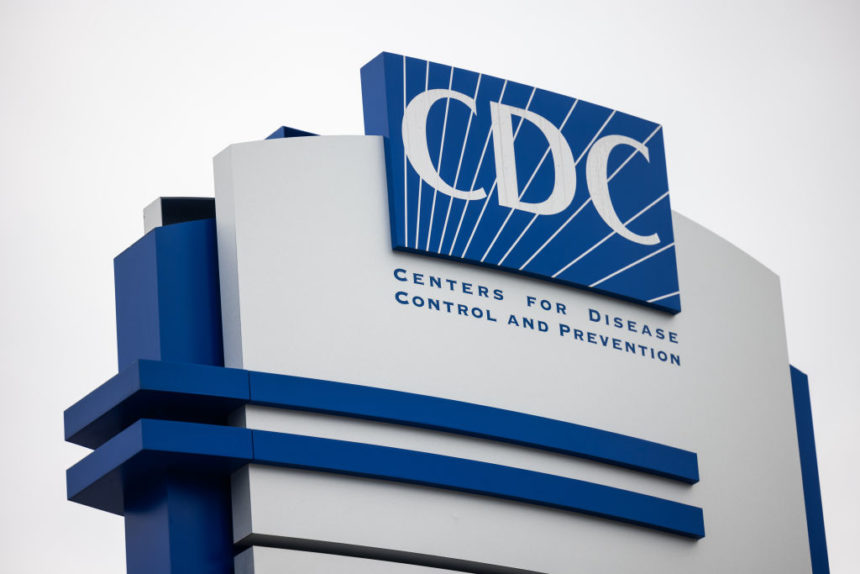The widely-anticipated revamp of the Centers for Disease Control and Prevention is coming closer to fruition.
Last April, CDC director Rochelle Walensky sent a staff-wide email indicating that the agency would undergo an internal review of how it operates, following criticism over its handling of the COVID-19 pandemic.
Its plan to revamp is now becoming clearer this week, with Walensky highlighting a new organizational structure at the agency, including the introduction of several offices, according to POLITICO. She announced the changes to staff at an in-person town hall at the agency’s headquarters, though it hasn’t been publicly announced yet.
Perhaps the biggest move in the latest push is to establish a Global Health Center as well as an Office of Public Health Data, Surveillance and Technology. The agency will also aim to create an Office of Health Equity.
The moves are a long time coming for the agency and its critics. During the pandemic, the CDC struggled to clearly communicate with Americans and received backlash from public health experts on its confusing messaging around masking, vaccinations and boosters.
The internal revamp is a direct response to some of those issues and the agency has said as much.
Put quite simply, “CDC Director Dr. Rochelle Walensky is reorganizing the agency so that it can respond faster and communicate its science and research more clearly,” a CDC spokesperson told Reuters.
The latest efforts are also part of the agency’s larger “Moving Forward” program, introduced in August 2022, which aims to “modernize the CDC so that it consistently delivers public health information and guidance to Americans in real time.”
The program is based on Walensky’s recent internal review and seeks to transform the agency’s culture and operations in a way better suited to respond to health crises like future pandemics.
First on the list is to gather, share and use public health data much faster. The pandemic was riddled with data reporting setbacks and blunders due to an outdated public health data infrastructure in the U.S. that contributed to delays in reporting new cases. In many instances, ordinary people often found themselves turning to non-government sources like The New York Times COVID-19 tracker for up-to-date information, rather than relying on federal or local health authorities.
“In general, public health data infrastructure has never been prioritized in the U.S.,” Dr. Amesh Adalja, a senior scholar at Johns Hopkins Bloomberg School of Public Health, previously told MM+M.
By creating the Office of Public Health Data, Surveillance and Technology, the CDC could address those existing gaps in data reporting, particularly when it comes to monitoring future viruses.
The ongoing revamp effort features recently-hired leaders at the agency like Nirav Shah as principal deputy director, Debra Houry as acting principal deputy director and Robin Bailey Jr. as chief operating officer. The CDC has yet to announce a deputy director for global health or chief strategy officer.
Walensky is also creating a director for external affairs role, which will seek to improve relationships with government, nonprofits and businesses.
Other sweeping measures the CDC plans to implement include requiring all employees to be ready to respond at the onset of any new pandemic — something that was not the case when the domestic spread of COVID-19 began in March 2020.
Part of that was due to the fact that the CDC has historically considered itself an agency driven by an academic-like devotion to science and less so of a public health planner or communicator. Going forward, the agency will need both to effectively manage crises coming down the pike.
“The expectation of the CDC is to do great science — but it’s not just that, it’s to run a state-of-the-art, best-possible reaction to novel epidemics and pandemics,” Tom Inglesby, director of the Johns Hopkins Center for Health Security at the Bloomberg School of Public Health, told Bloomberg. “You need people skilled at running infectious disease crises and they’re not highly skilled at operating an emergency response.”








